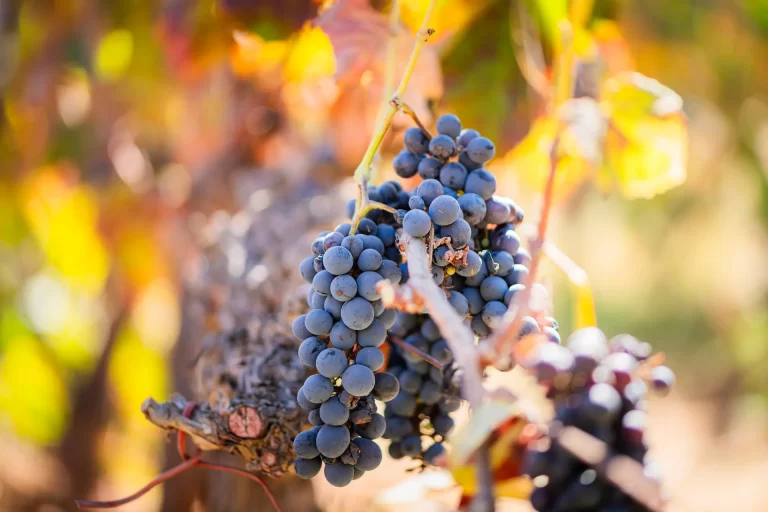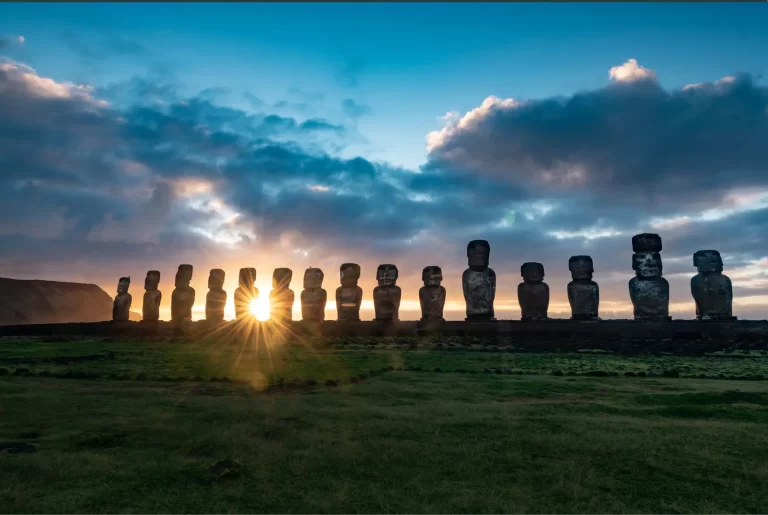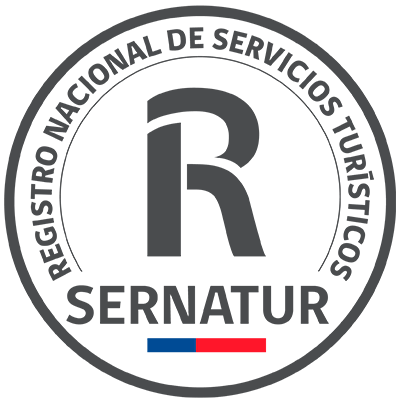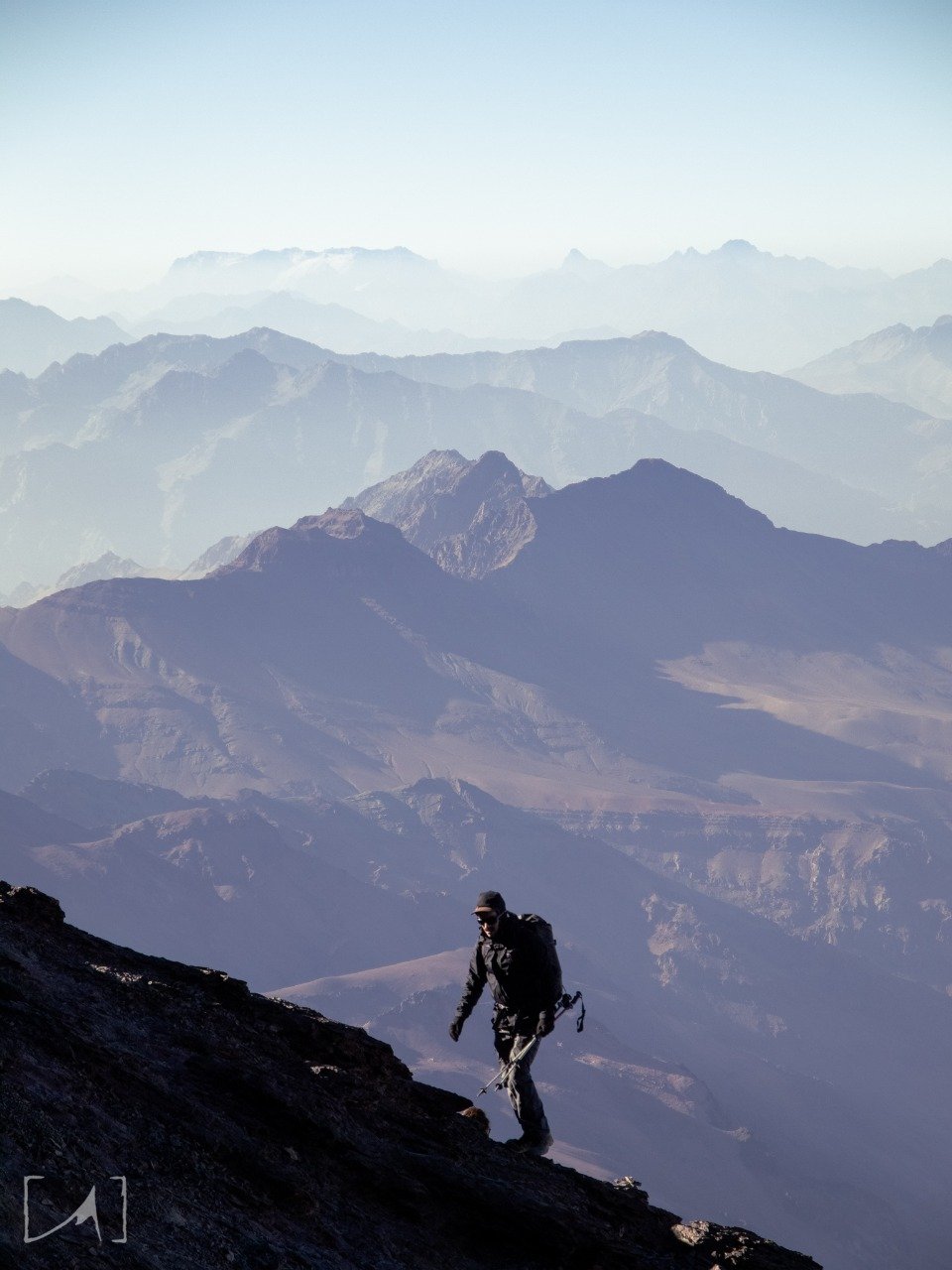If you love trekking and nature, Santiago is the perfect destination for you. The city is nestled between two mountain systems, each offering countless places to explore: the Andes to the east, and the Coastal Range to the west.
This privileged location makes Santiago an ideal starting point for discovering landscapes ranging from snow-capped peaks and glaciers to trails surrounded by Mediterranean forests and Chilean palm trees.
Within the Andes, the Farellones, Cajón del Maipo, and Portillo areas are part of the same main mountain range, though they are accessed from different points.
These three areas are geologically connected by the Andes, but on the surface, they are separated by large valleys and rivers. In fact, while Portillo is part of the Valparaíso Region, both Farellones and Cajón del Maipo belong to the Metropolitan Region.
The Farellones Area
Farellones is a mountain village located in the northeastern part of Santiago, serving as the gateway to several ski resorts in the region. It is also the starting point for the Yerba Loca Nature Sanctuary, where trails lead to glaciers and mid-altitude landscapes.
This area also provides access to some of the great summits of the Andes, such as Cerro Pintor, Cerro Leonera, and the iconic Cerro El Plomo (5,424 m / 17,795 ft).
El Plomo is not only known for its height but also for its archaeological significance: near its summit, the remains of an Inca sacrifice known as El Niño del Plomo were discovered (read about it here).
The Mapocho River also originates from the slopes of El Plomo, flowing through the heart of Santiago and shaping the city’s history and landscape.
If you’d like to explore the summits in the Farellones area, check out our tours:
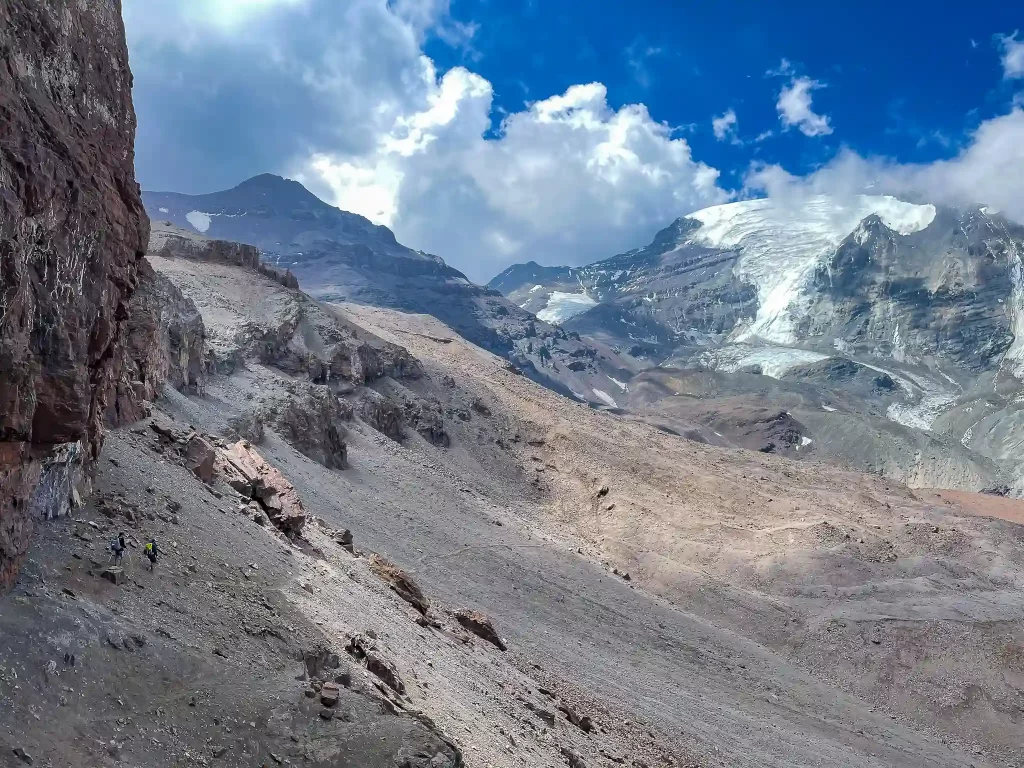
Cajón del Maipo
Cajón del Maipo is located southeast of Santiago, following the course of the Maipo River, which originates from the slopes of the Maipo Volcano.
This area features a narrow Andean canyon, where rural villages have developed, preserving a peaceful lifestyle closely connected to nature.
Visiting Cajón del Maipo offers the chance to experience country life and explore landscapes that range from relaxing walks and hot springs to more adventurous activities, such as climbing active volcanoes, rock climbing, and rafting.
Explore our tours in Cajón del Maipo:
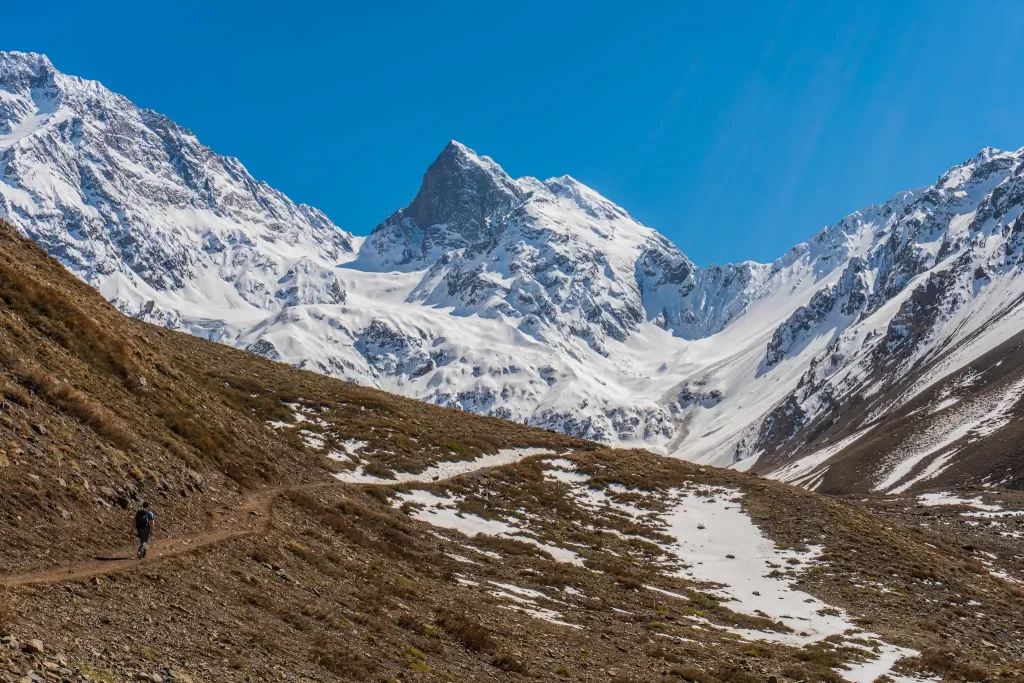
Portillo
Located farther north, near the border with Argentina, Portillo offers another gateway to the high Andes. In addition to its world-class ski resort, Portillo is the entrance to the Juncal Andean Park, a private nature reserve that protects glaciers and wetlands.
Although Portillo is outside the Metropolitan Region, it is only a two-hour drive from Santiago. It’s an excellent option for those looking to experience another part of the Andes and visit the stunning Laguna del Inca.
Explore our tour in this area:
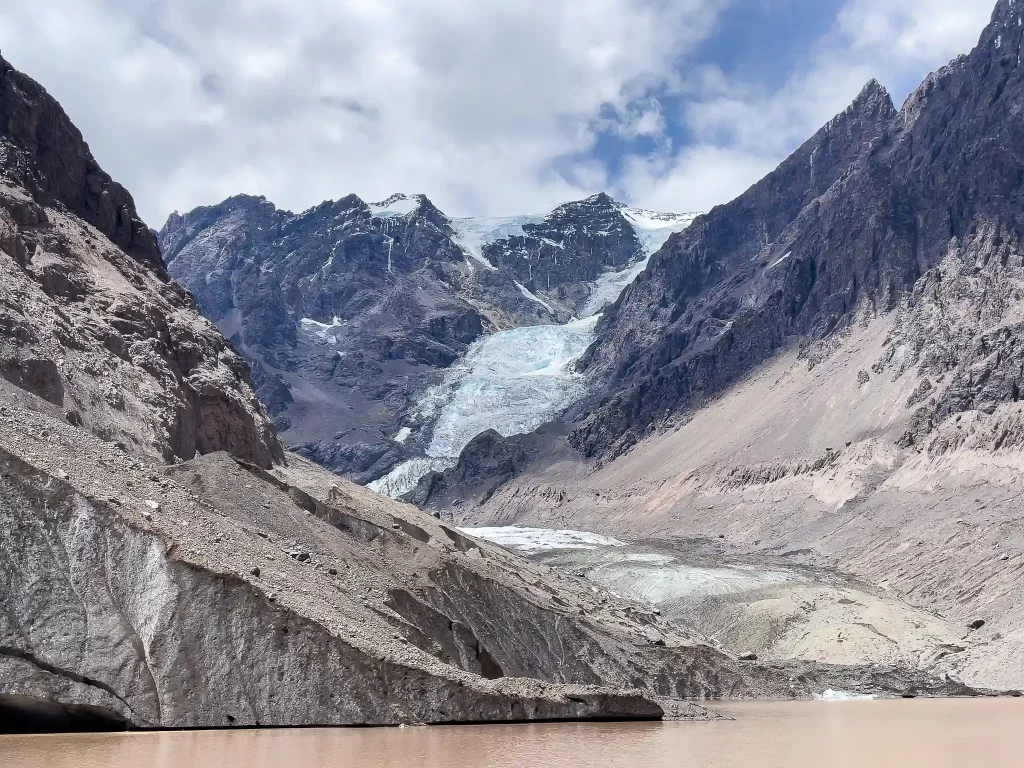
The Coastal Range
The Coastal Range, as mentioned, is a separate mountain system from the Andes. It runs from north to south along the Chilean coast and is geologically much older than the Andes.
Despite its lower elevation, the Coastal Range hosts unique and fragile ecosystems, such as the Chilean palm tree (Jubaea chilensis), an endangered species protected by law.
One of the best places to explore the Coastal Range is the La Campana National Park, located in the Valparaíso Region. Its trails offer panoramic views of both the Pacific Ocean and the distant Andes. This area is also historically significant—Charles Darwin visited the park in 1834 and was amazed by its biodiversity.
Discover more about the Coastal Range with our full-day tour to La Campana National Park:

Are the Andes and the Coastal Range connected?
Although both mountain systems run parallel throughout Chile, the Andes and the Coastal Range are not connected. Between them lies the Intermediate Depression, a lowland area where the city of Santiago is located today.
From a geological perspective, the Andes are the result of tectonic activity between the Nazca and South American plates, while the Coastal Range was formed millions of years ago through erosion and uplift processes.
Four regions, four different experiences (and all worth exploring!)
With a clearer understanding of Santiago’s geography, it becomes easier to appreciate the diversity of experiences that these four regions offer (here’s a map to help you locate them better):
- Farellones: Trekking and high-altitude adventures, with glaciers and challenging summits.
- Cajón del Maipo: Canyons, rivers, and rural villages—perfect for a mix of adventure and relaxation.
- Portillo: Hikes through Juncal Andean Park and relaxation at Laguna del Inca.
- Coastal Range: Accessible trails among Chilean palms and unique ecosystems—perfect for naturalists.
Exploring these four regions not only allows you to experience different landscapes but also helps you understand how geography shapes the identity of central Chile. Each mountain system offers something unique to Chile’s natural wealth, giving travelers the chance to connect with the cultural and environmental diversity that makes Santiago such a special destination.
